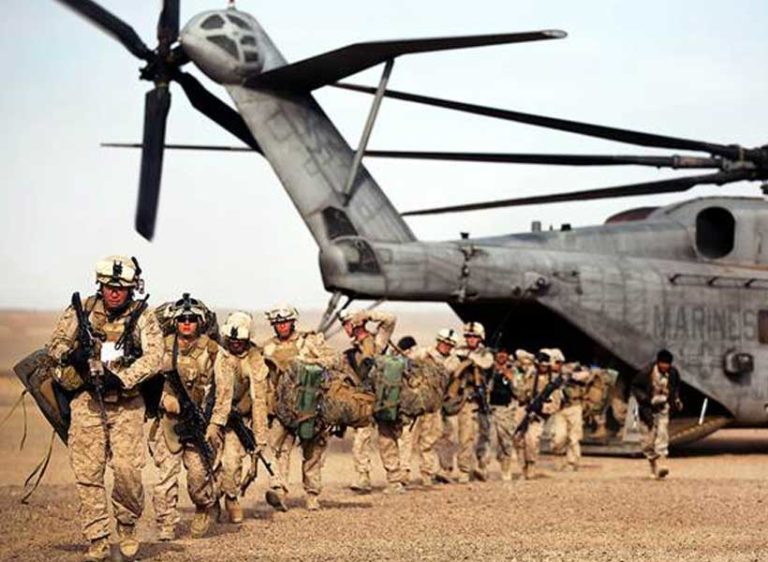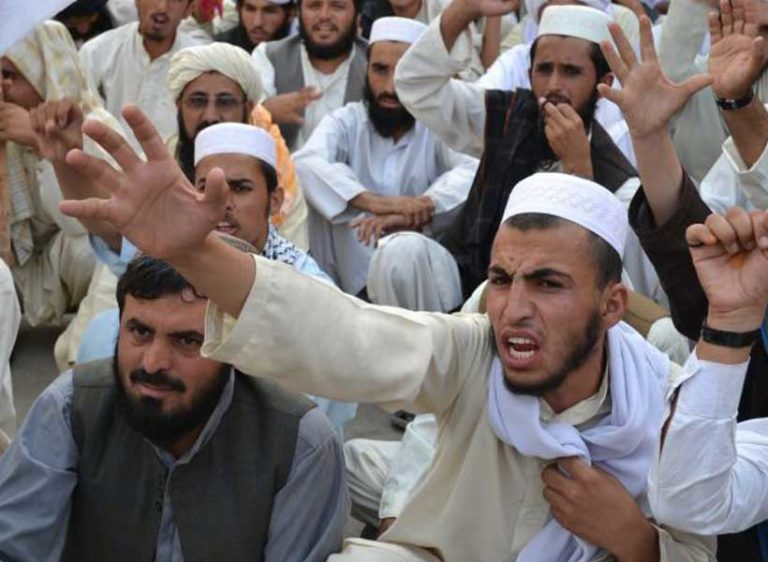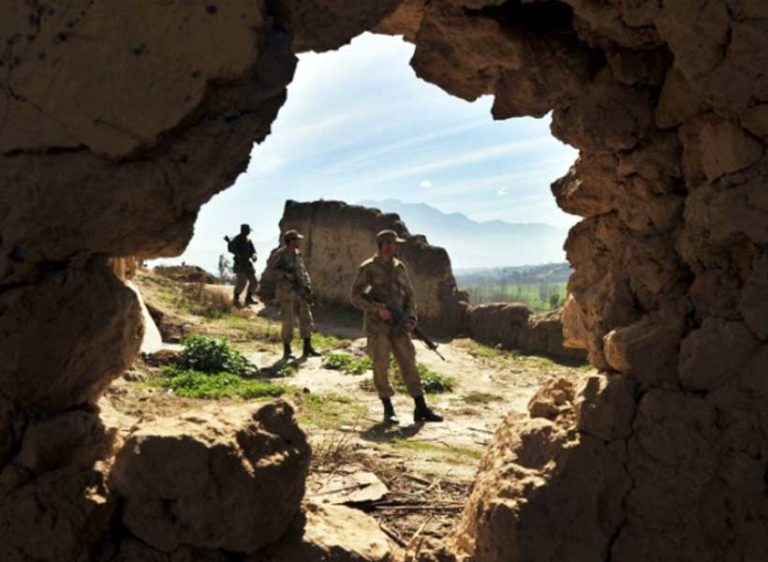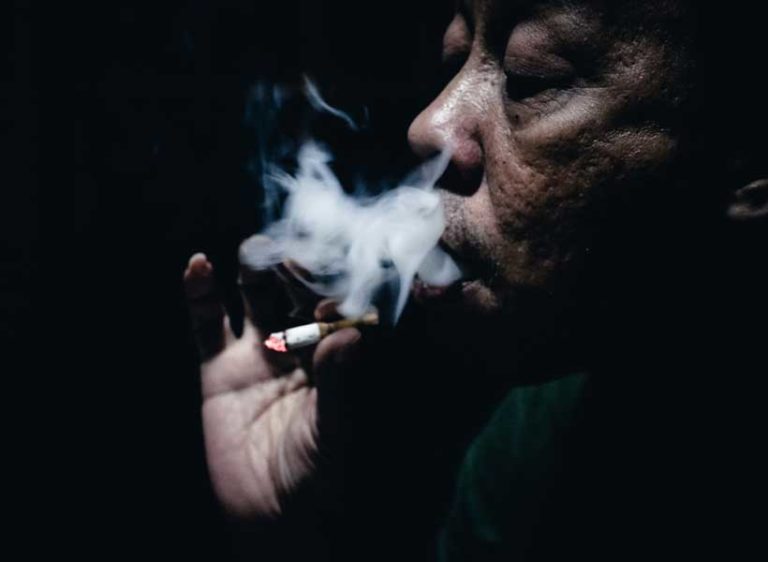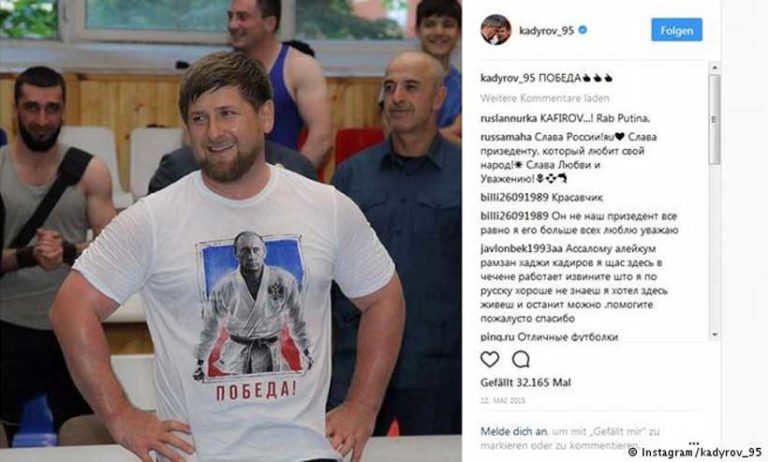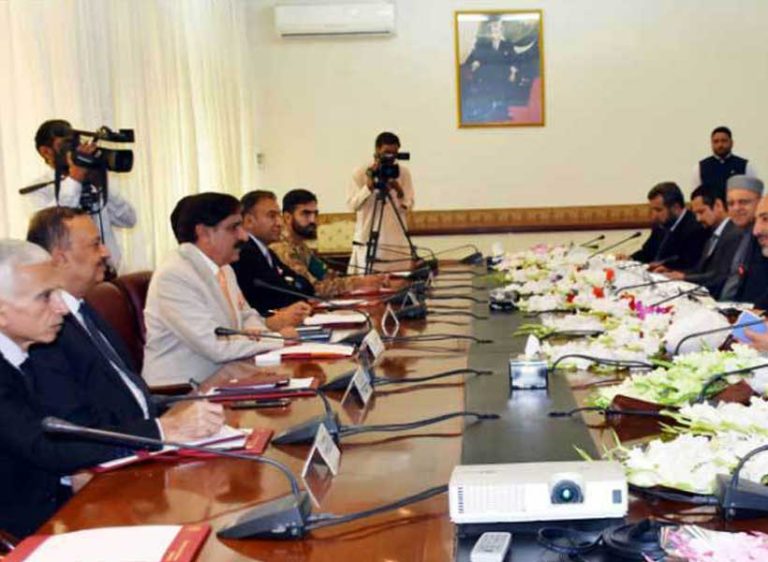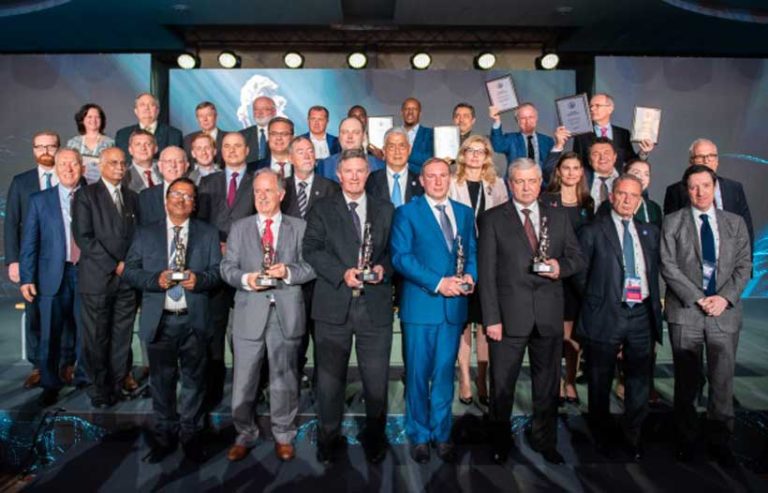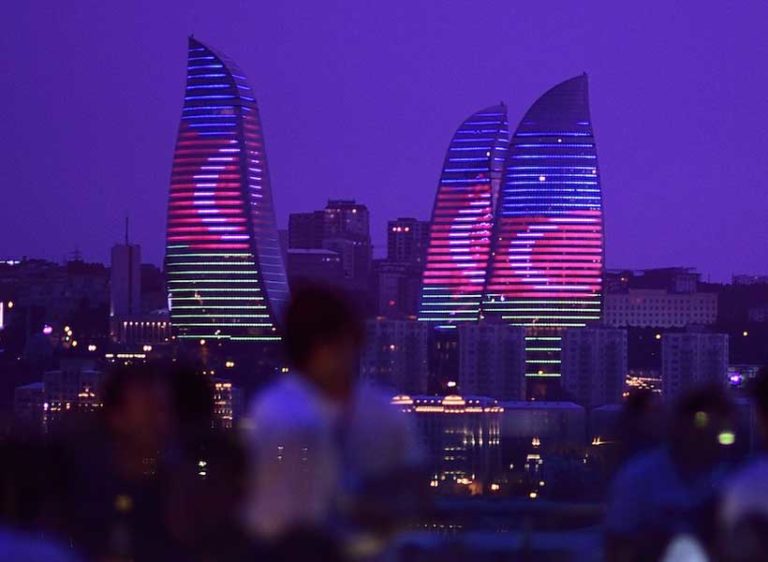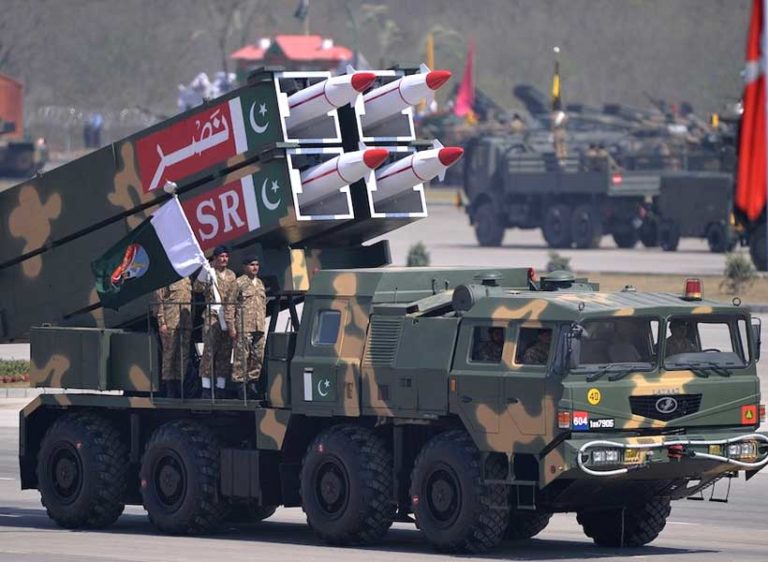It is although conspicuous, (that) there is no crystal clear difference between, the Obama and Trump strategies in Afghanistan. The strategies based on, to dismantle the momentum of the Al-Qaida and its affiliates and to attain the strategic interests of the America worldwide. What differ, are the approaches of Obama and Trump in relation to Afghanistan. Thus, it makes sense to briefly touch the issues, pertaining both Obama and Trump approaches for Afghanistan.
Obama’s approach
In the event of, announcing his strategy for Afghanistan, in March 2009 Obama said, “so I want the American people to understand that we have a clear and focused goal: to disrupt, dismantle, and defeat al-Qaida in Pakistan and Afghanistan, and to prevent their return to either country in the future. That is the goal that must be achieved. That is a cause that could not be more just. And to the terrorists who oppose us, my message is the same: we will defeat you”.
Obama added the US required a “stronger, smarter and comprehensive strategy,” but said that it would not “blindly stay the course” if the new strategy did not succeed.
The key to the new strategy was to build up the Afghan army and police force. He announced an extra 4,000 US troops to help with training, with the intention of doubling the Afghan force (the Afghan troops number in 2009 was around 65.000). He said this might have to be increased again as power was transferred to Afghanistan. This was a relatively cheap option for the US as the pay of each Afghan soldier is quite small. This will be accompanied by a “surge” in US civilians to Afghanistan, doubling numbers to 900, to help rebuild the country’s infrastructure.
Obama in February 2009 also ordered 17,500 US combat troops to Afghanistan to reinforce the 38,000 already there. But US military commanders were concerned that those would not be enough, anticipating a big Taliban push ahead of the country’s August election.
To achieve its goals, the US must recognize the “fundamental connection between the future of Afghanistan and Pakistan,” Obama said.
In addition to the renewed focus on Afghanistan, the Obama administration was to step up pressure on Pakistan to tackle the al-Qaida and Taliban safe havens in the tribal areas along its border with Afghanistan.
Obama said that the days of the US giving Pakistan a blank check were over. He said he would ask Congress to increase aid to Pakistan but in return he expected Pakistan to tackle the safe havens.
“Pakistan must demonstrate its commitment to rooting out al-Qaida and the violent extremists within its borders. And we will insist that action be taken – one way or another – when we have intelligence about high-level terrorist targets,” he said.
The last element of the policy was to try to engage Afghanistan’s regional neighbors, including Russia and Iran, in helping to pacify Afghanistan.
Obama endeavored a lot, to convince Pakistan to abandon Haqani-network, Taliban and Al-Qaida. He sent a couple of times, his foreign secretary Hilary Clinton to Islamabad, in order to change the mindset of the military establishment of the country. During her speech in Islamabad the former foreign secretary said “it is the time that Pakistan to act in days and weeks not months and years”. But no green lights were observed from Pakistan; on the contrary Islamabad perused its deadliest strategy in Afghanistan. In total of eight years of his two terms, Obama failed to make Pakistan rally, its obligations in order to bring peace and stability to the war torn Afghanistan.
Albeit, he was unable to push Pakistan to comply with American strategy for Afghanistan, he continued Washington’s military aid to the country, which Pakistan used to finance the big bullies in Afghanistan.
Secondly, Obama’s strategy was based on counter terrorism approach, mostly resembles traditional counter terrorism doctrines. Counter Terrorism strategies, are used to disrupt, dismantle, and defeat organizations that employ terrorism by military and security means. These strategies include drone strikes, special-forces operations, and increased policing and intelligence operations. His strategy did not focused on insurgencies and their outside sanctuaries mainly in Pakistan. Furthermore, his negligence to deal with countries, which sponsored, harbored, trained and armed the deadliest cells in Afghanistan. In addition, he fell short to assemble efforts with India, despite Zalmay Khalilzad the former United States ambassador to Kabul attempted to sideline Pakistan.
At some stage in his tenure US forces contested its offensives on Taliban/insurgency with what Obama called on special operation troops, known as ‘surge’. Many US Non-Official Cover (NOCs) or espionage activities decreased. Furthermore the CIA and US intelligence community reduced their Afghan ‘Snitches’ and minimized their operations all over Afghanistan. This called for lessening of CIA Official Cover Spies (OCS). Moreover, the Pentagon and US intelligence community minimized the area of their maneuver in Afghanistan. They only focus on Drone operations and Global Hawks. In other words, technological warfare is used to manage the bustles of Taliban.
Finally, the fixing and specifying date to draw down US combat forces was an unforgivable failure, which the insurgences took advantage, to expand their territories from 20 % to 55% in the country and round up almost all provinces even the capital Kabul itself.
Trump’s initiative
In a nationally televised prime-time speech to troops at Fort Myer, Va., Trump said there would be no “blank check” for the American engagement in Afghanistan. But in announcing his plan, Trump deepened American involvement in a military mission that has bedeviled his predecessors and that he once called futile.
“My original instinct was to pull out, and historically I like following my instincts,” Trump said. “But all my life, I’ve heard that decisions are much different when you sit behind the desk in the Oval Office.”
After what he described as a lengthy and exhaustive deliberation culminating in a meeting with his war cabinet at Camp David, Trump said that he had been convinced that “a hasty withdrawal would create a vacuum for terrorists, including ISIS and Al Qaeda.” Speaking to a military audience at a base outside Washington, Trump declared, “In the end, we will win.”
He portrayed the strategy as a stark break with the Obama administration, arguing that while his predecessor set artificial timetables for American involvement in Afghanistan, his strategy would be a comprehensive, conditions-based regional approach that would aim for a political solution there.
Part of the plan is to deploy more American troops to Afghanistan to continue to train Afghan forces there, with the goal of convincing the Taliban — which has recently gained substantial ground in the war — that they could not win on the battlefield.
Trump said that the United States would put significant new pressure on Pakistan to crack down on the terrorist sanctuaries that line its border with Afghanistan. His comments opened a turbulent new chapter in relations with Pakistan, which has veered since the Sept. 11, 2001, attacks from being an ally in the fight against terrorism to a haven in which Osama bin Laden hid out until he was killed in 2011.
The president heaped contempt on his predecessor’s strategy, promising that he would avoid President Barack Obama’s mistakes.
But in substance, Trump’s strategy was not all that different from Obama’s, relying on a mix of conventional military force and diplomatic pressure on Pakistan. However officials conceded that there is to be no major change in the mix of American forces operating in Afghanistan, and that the priorities would remain training Afghan forces and conducting counterterrorism operations.
“We are not nation-building again,” Trump said. “We are killing terrorists.”
Whatever the echoes, Trump projected a far more bellicose tone than Obama. He promised that he would loosen restrictions on American soldiers to enable them to hunt down terrorists, which he labeled “thugs and criminals and predators, and — that’s right — losers.”
“The killers need to know they have nowhere to hide, that no place is beyond the reach of American might and American arms,” the president said. “Retribution will be fast and powerful.”
Trump’s reference to a strategic partnership with India also has implications for Pakistan, which has a deeply antagonistic relationship with its neighbor. He said he would include new steps to pressure neighboring Pakistan to shut down the sanctuaries there for the Taliban and other militants. However officials conceded that there is to be no major change in the mix of American forces operating in Afghanistan, and that the priorities would remain training Afghan forces and conducting counterterrorism operations.
But in my eyes, the Trump’s initiative has a significant difference with that of his predecessor; he almost shifted from traditional counter terrorism approach to counter insurgency, which is a major step to break the stalemate in Afghanistan. In relation with his regional policy, he made noteworthy developments his administration works now closely with New Delhi. He has put off a 900 million military aid to Pakistan meanwhile issuing visa ban on some elements within the Pakistani Government.
Moreover, he sanctioned about 6 Pakistani companies. He included Pakistan in the gray list of FATF or countries not doing enough to dump terrorism on their soil. Financial Action Task Force (FATF) is the global watchdog on money laundering and terrorism financing. By taking all said measures, Pakistan has yet to change its policy towards Afghanistan. There are more options on the table; United States can cut economic aid to Pakistan, America can label Pakistan a Terror-sponsoring state.
Conversely, it will be extremely tough for the US to get the UN behind such a move, the Trump administration can still unilaterally designate Pakistan a state sponsor of terrorism. One important point regarding Trump in Afghanistan even though, he faces a lot of critics worldwide but he is a hero in the country. Some new born Kids named after him, even a group of people in Logar province of the country esteem him with a golden medal. Being blunt Trump in comparison to his predecessor, he is really very popular in Afghanistan.
The way towards stability
Seeing that, the precarious security situation in Afghanistan is likely to become an even greater threat as Afghanistan remains relevant following ISIS losses in Iraq and Syria. In order to triumph over terror, America will need to overcome challenges and transition from its current counterterrorism efforts to a full-fledged counterinsurgency campaign.
Adopting Counter Insurgency strategies is necessary when a state realizes that a military response alone will not constitute a workable solution to a violent conflict. Counter Insurgency, is an all-encompassing political, military, and civilian solution to challenge irregular insurgent warfare. Counter Terrorism strategies are not abandoned but are implemented within a Counter Insurgency approach where the counterinsurgent (the government) also pursues support and legitimacy from the local population by promoting good governance and providing continued security after government forces have expelled the insurgent group. This population-centric strategy involves denying the insurgency its civilian-support networks, external support, and outside sanctuary, while simultaneously improving political participation and economic opportunities for civilians.
The Counter Terrorism measures used so far have been only semi-effective, and have fallen short of destroying the terrorist organizations or acquiring the Afghan population’s support for the government. Civilians have been caught in the crossfire during operations, straining state relations with the tribes, and offensive tactics alone have not deterred local youth from joining jihadist groups that offer better economic opportunities. Militant interpretations of Islam sometimes won “the battle for hearts and minds” and tempted the young local population to join jihadist groups. According to unofficial estimates, America has lost around 3000 security personnel since 2001 till this stage of the conflict, with many civilian casualties that are under-reported. These losses are unsustainable and hasten the transition towards a Counter Insurgency campaign.
America should set the groundwork to move towards a Counter Insurgency campaign on military, economic, and political fronts. United States should begin involving local tribes in fighting terrorism, by gathering intelligence and other military activities. In the non-military fronts, first, America should promote a moderate form of Islam among the youth of Afghanistan by using the Afghan state religious apparatuses and international Islamic tools. America should take additional measures to stifle extremism by establishing American-Afghan Council to Confront Terrorism and Extremism. The council would help build a Counter Insurgency policy through strategizing, mobilizing resources, amending existing legislation, and increasing economic opportunities in areas with high levels of extremism.
America should detail long-term plans for development of Afghanistan with goals of increasing investments and focusing on population-centric projects. A first step would be to provide compensation for damages from military operations. The military should also aim to win greater support and legitimacy by sending reconstruction missions to the conflict-ridden areas.
America should head in the right direction towards a Counter Insurgency campaign, by overcoming various challenges to solidify its strategies. Washington must better formulate a Counter Insurgency doctrine that will enable a transition from Counter Terrorism to a full-fledged, integrated, and effective Counter Insurgency operation. America should lead a determined and powerful fight against terrorist strongholds; while at the same time avoid harming uninvolved civilians. If the latter is not prioritized, the military may alienate the local population and damage Trump’s administration image in the international arena. To this end, the adoption of appropriate methods of combat that minimize collateral damages—including the use of accurate weapons that will target only the terrorists—is required. In addition, while integrating local tribes in fighting terrorists, America must pay close attention not to hurt the Afghan sovereignty and governance.
On the economic level, America should carefully plan its investments to ensure that improving the welfare of the Afghan population. Additionally, America must balance its efforts between addressing short-term economic distress and the promotion of long-term economic goals.
On the political level, America should adopt a “carrots and sticks” policy towards the civil-population of Afghanistan. The use of authoritarian practices, such as emergency laws, must be well measured in order to avoid alienating local tribes from the Kabul regime.
Finally, the international community should have a vital interest in supporting the Trump administration in shifting from Counter Terrorism to Counter Insurgency, by providing military assistance and targeted economic aid, while encouraging good governance and political participation of the Afghan population. The eradication of the insurgency in Afghanistan will be a desirable achievement not only for the 33 million inhabitants of Afghanistan but also for the global war on terror.


